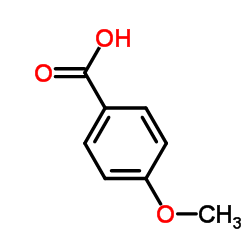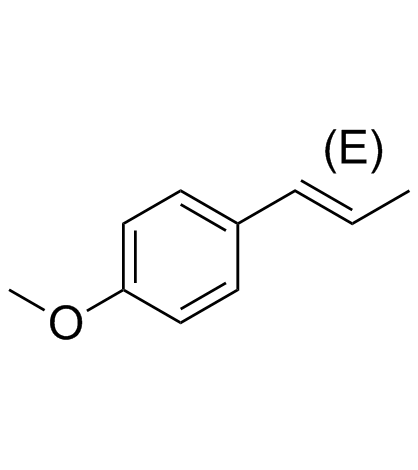| Structure | Name/CAS No. | Articles |
|---|---|---|
 |
p-Anisic acid
CAS:100-09-4 |
|
 |
3-Methoxybenzoic acid
CAS:586-38-9 |
|
 |
trans-Anethole
CAS:4180-23-8 |